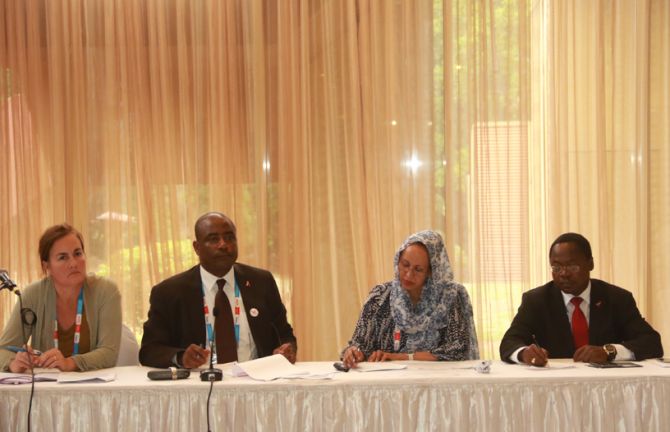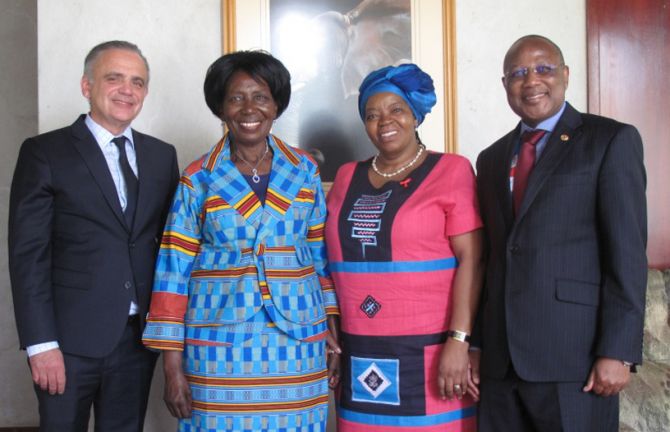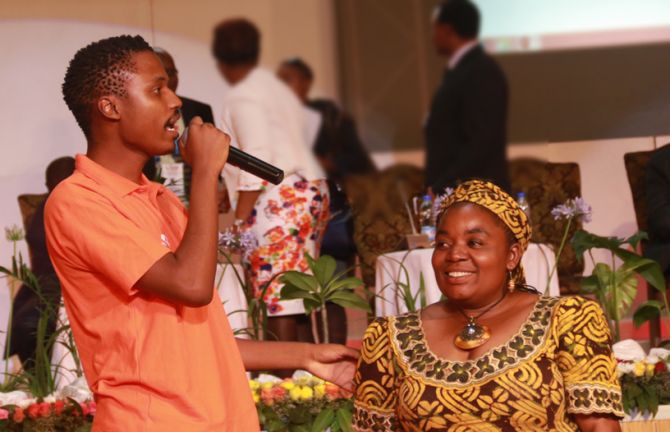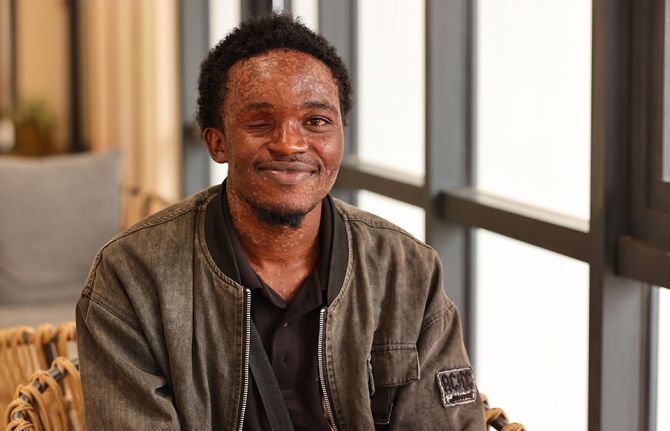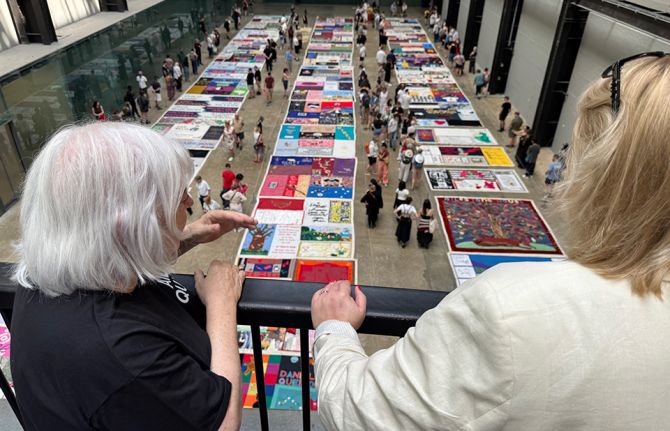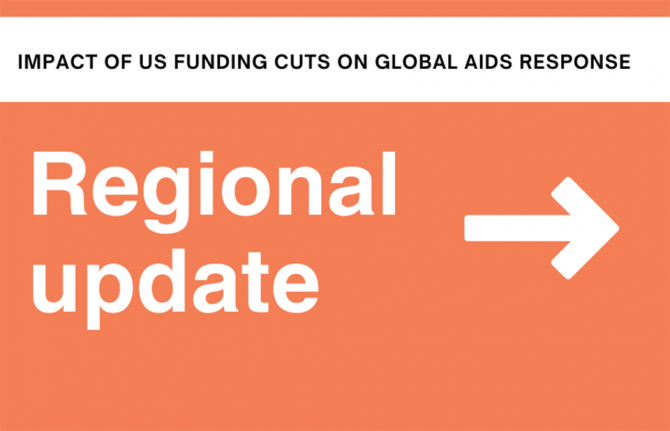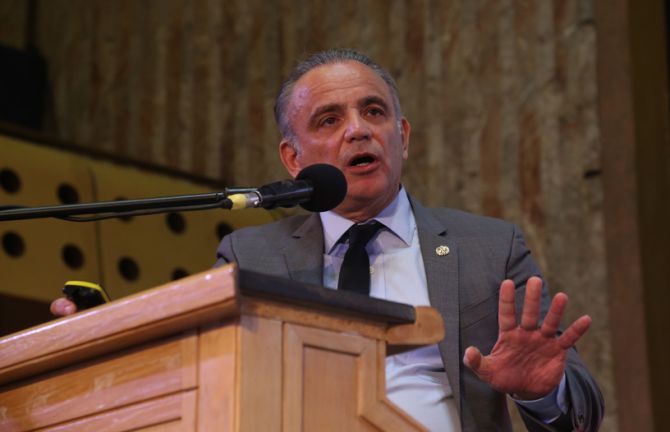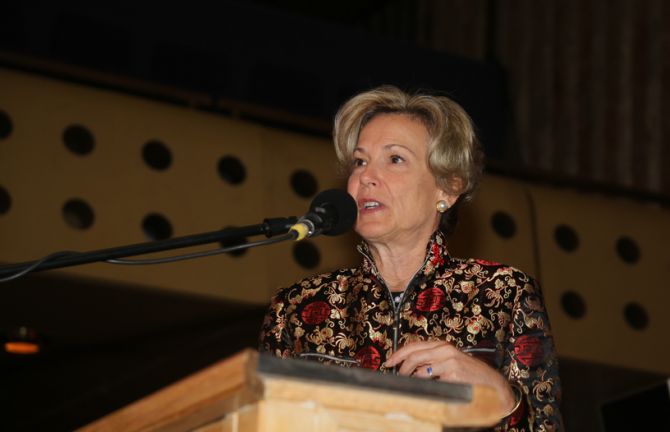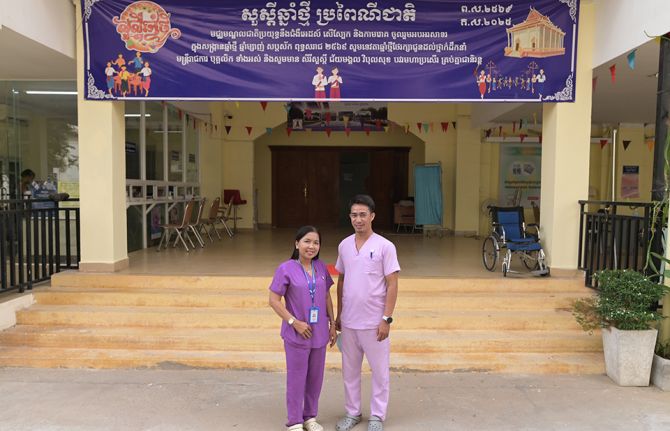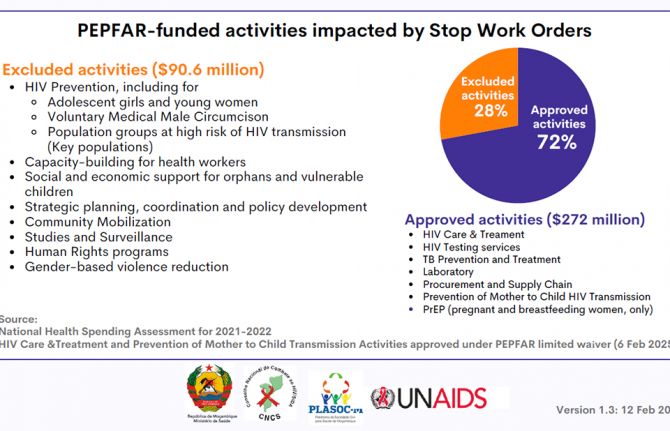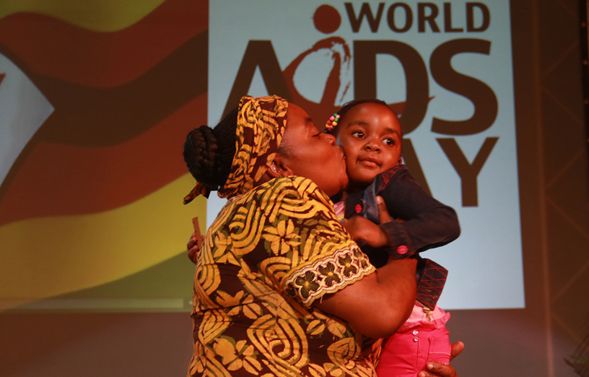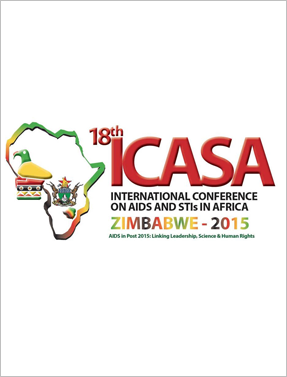Zero discrimination and full engagement of key populations will be crucial to ending the AIDS epidem...
Zero discrimination and full engagement of key populations will be crucial to ending the AIDS epidemic by 2030
HARARE/GENEVA, 30 November 2015—On the eve of World AIDS Day 2015, the Executive Director of UNAIDS, Michel Sidibé, stressed the need to reach people most affected by HIV as he spoke at the opening of the Community Village at the 18th International Conference on AIDS and STIs in Africa (ICASA).
Mr Sidibé joined hundreds of civil society members, people living with and affected by HIV and other participants at the official opening of the Community Village, where he also underlined the importance of engaging key populations in global, national and local responses to HIV.
“Key populations are helping us to break the conspiracy of silence,” said Mr Sidibe. “I commend your courage and leadership for building an inclusive and effective response to HIV.”
The Community Village provides a space for grassroots and community-based organizations to present innovative, local responses to the AIDS epidemic and to share information on programmes that are working best among their communities.
“Being here is an opportunity to stand in solidarity with African key populations—sex workers, men who have sex with men, women who have sex with women, trans-diverse persons, people who use drugs, people with disabilities and people living with HIV—in order to end AIDS,” said Regional Coordinator and Executive Director of the African Sex Workers Alliance, Daughtie Ogutu.
The knowledge shared in the Community Village is critical as the most marginalised in society continue to face the greatest challenges in accessing HIV prevention, treatment, care and support services. This is due in large part to persistent stigma and discrimination and other human rights violations, which are drastically increasing the vulnerability of key populations to HIV.
“Coming from a network of women living with HIV, this is a safe space to learn and share with fellow communities,” said Lilian Mworeko, Executive Director, International Community of Women Living with HIV East Africa. “It gives a voice to some of the issues and concerns we have and helps us find solutions.”
Ahead of the conference, UNAIDS joined representatives of key populations including people who inject drugs, gay men and other men who have sex with men, sex workers, transgender people and people with disabilities who came together at a pre-conference meeting to discuss common challenges and approaches to advancing health and protection for their communities. The participants explored innovative programmes and solutions led by key populations to increase access to HIV services, monitor human rights violations, eliminate discrimination in health-care and other settings and create the leadership required for inclusive AIDS responses in Africa.
The 18th ICASA conference comes at a critical time in the response to HIV in Africa, as UNAIDS urges countries to Fast-Track their efforts over the next five years, focusing on the locations and populations most affected by HIV to end the AIDS epidemic by 2030.
UNAIDS
The Joint United Nations Programme on HIV/AIDS (UNAIDS) leads and inspires the world to achieve its shared vision of zero new HIV infections, zero discrimination and zero AIDS-related deaths. UNAIDS unites the efforts of 11 UN organizations—UNHCR, UNICEF, WFP, UNDP, UNFPA, UNODC, UN Women, ILO, UNESCO, WHO and the World Bank—and works closely with global and national partners towards ending the AIDS epidemic by 2030 as part of the Sustainable Development Goals. Learn more at unaids.org and connect with us on Facebook, Twitter, Instagram and YouTube.

